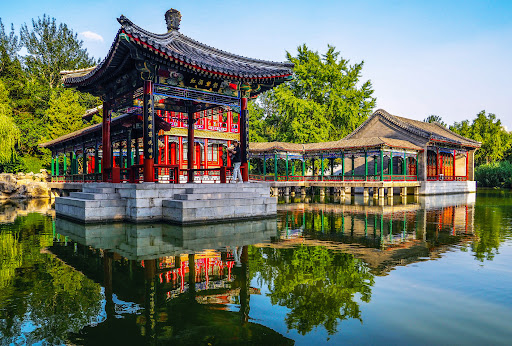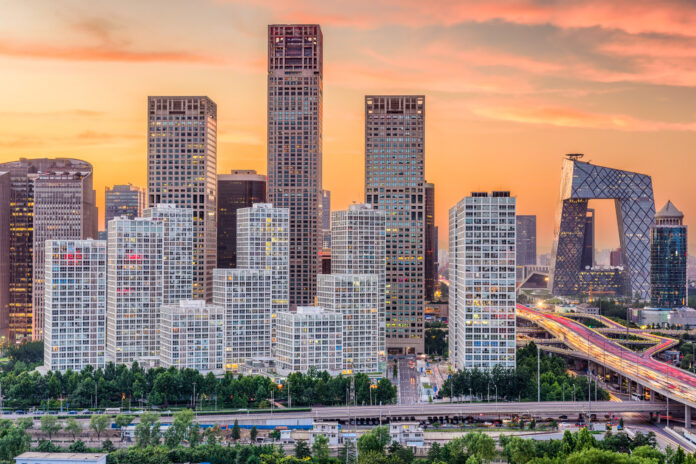China is home to an impressive number of megacities, which are increasingly putting resources into developing a local space sector, with the support of provincial governments. However despite the impressive growth in the space industry of these areas, the most impressive space cluster in China, by far, remains the Northern Capital of Beijing.
The Capital of Chinese Space
Beijing is the beating heart of China’s space industry. The core of the city’s space industry is China’s two largest state-owned space companies, namely the China Aerospace Science & Technology Corporation (CASC), and the China Aerospace Science & Industry Corporation (CASIC). In addition to CASC and CASIC, most commercial space companies have either their headquarters or at a minimum a major office presence in Beijing.
Beijing has a long history as the center of China’s space sector. The core of Beijing’s space sector is centered around the city’s appropriately named “Aerospace Bridge”, or “航天桥”. In western Beijing’s Haidian District, at the intersection of the city’s Third Ring Road and Fucheng Road, the “Aerospace Bridge” is within walking distance of the headquarters of the two powerhouses of China’s space sector, CASC and CASIC.
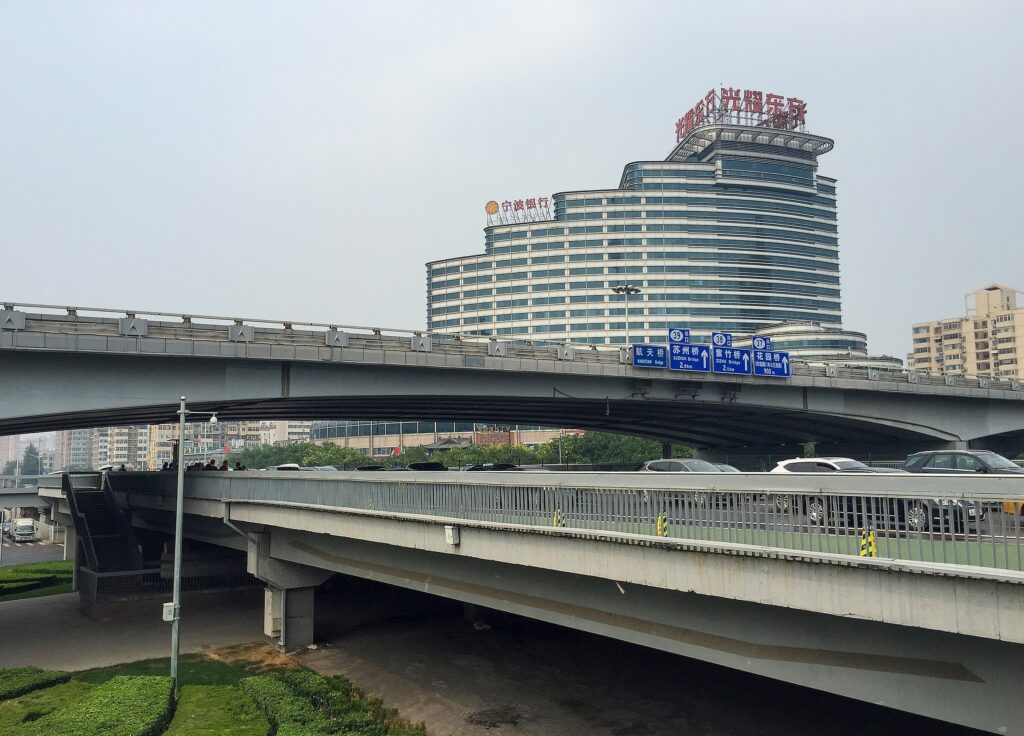
These two sister companies have an intense rivalry, and their two HQs show it, with the CASC and CASIC towers looking very similar to one another, and standing about 100 meters apart. While CASC may be China’s pre-eminent space company, CASIC has the honor of housing China’s National Space Administration, the CNSA, inside their tower.
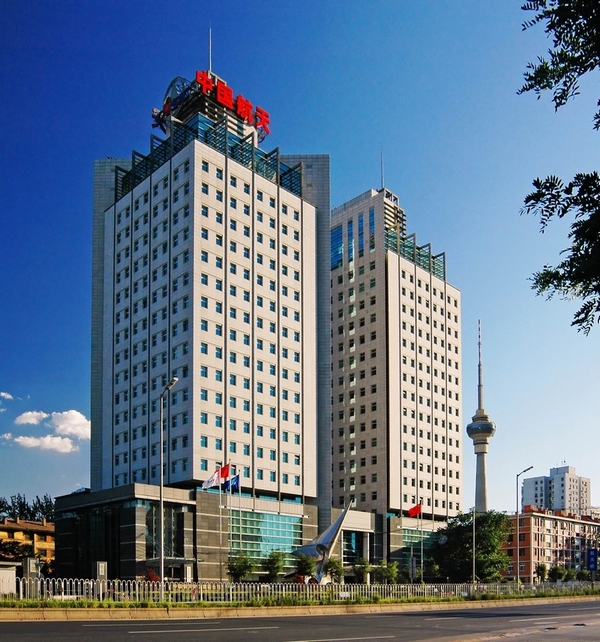
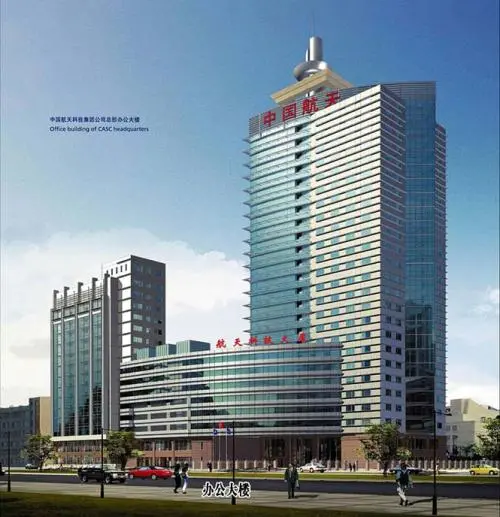
Zhongguancun: Space in a Tech Hub
Just a handful of kilometers north, however, between the third and fourth ring roads, is a somewhat newer space cluster, centered around Zhongguancun, one of China’s original tech hubs and home to many Chinese unicorns (firms with valuations >1B USD).
Zhongguancun started development in the late 1980s, though the space industry began to move in somewhat later. The area is home to arguably China’s two best universities, Peking University and Tsinghua University, as well as its best aero/space university, Beihang University (previously named Beijing University of Aeronautics and Astronautics).
Zhongguancun is also home to a cluster of space companies, including many subsidiaries of CASC and CASIC. Some of the more noteworthy ones include CAST, and a variety of Chinese Academy of Sciences branches. Perhaps the most eye-catching of them all is a CASC subsidiary, China Satcom, which is headquartered in the China Satcom Tower, a very new, grade-A office building of ~27 floors, of which China Satcom, as a relatively small company with a few hundred employees, only occupies several. As a result, they rent the rest, with some noteworthy tenants including Chinese tech giant ByteDance which rents several floors from the satellite operator, as well as Israeli satellite terminal and equipment manufacturer Gilat.
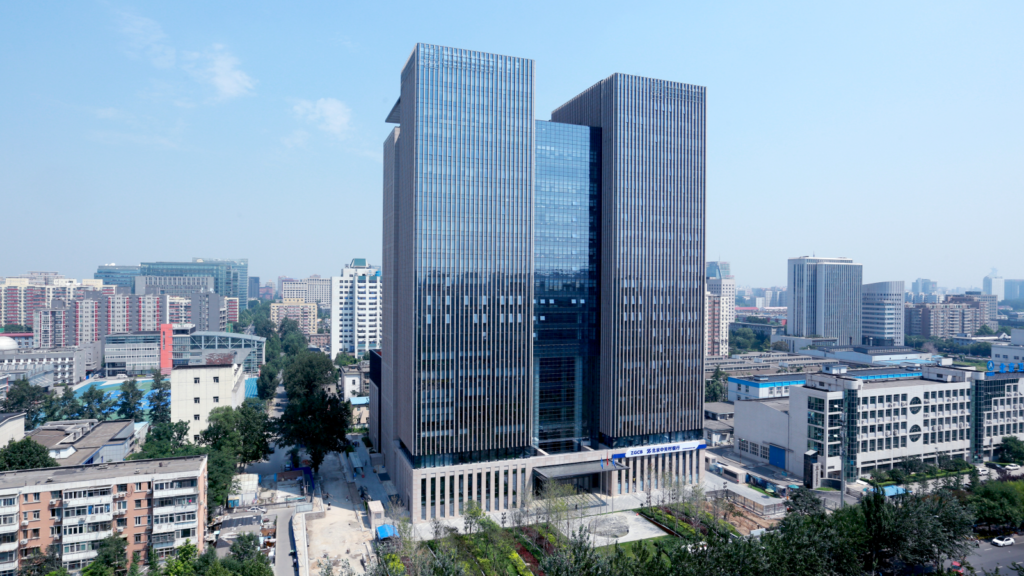
Others include Beijing Smart Satellite, Qiansheng Exploration, and Commsat, three satellite manufacturers that represent the most centrally-located manufacturers in the city’s northwest.
Moving out of the downtown of Beijing, The next two areas that are a bit further afield, and are often talked about in comparison to one another: the satellite manufacturing cluster in the North of the city, and the launch manufacturing cluster in the South (referred to as “南箭北星” in Chinese, or “Satellites in the North & Rockets in the South”).
“Satellites in the North”
First, satellites in the north. The core of this satellite manufacturing cluster is the CASC campus of “Space City”, or 航天城. Located out of town, roughly halfway between the fifth and sixth ring road, the Space City is, as the name suggests, a literal city.
Within the Space City are many different CASC functions, including the China Astronaut Research and Training Center (中国航天员科研训练中心), the Beijing Aerospace Control Center (北京航天飞行控制中心), and also the main HQ of the China Academy of Space Technology (CAST). The HQ of CAST forms the nucleus of what is a satellite manufacturing cluster in the Northwest of the city.
A few satellite manufacturers are located in the vicinity of the Space City, including the following:
- MinoSpace: ~3-4 km
- Spacety: ~2 km
- Galaxy Space: ~10-15 km
- Guodian Gaoke: ~3-5 km
- ADASpace: ~15 km
In short, there’s a lot of satellite manufacturing going on in Beijing’s Northwest, and the city’s municipal government, as well as the government of Zhongguancun (which is itself not a district, and certainly not a city, but sort of a general area), are actively supporting a satellite manufacturing cluster in the area.
“Rockets in the South“
While Beijing’s Northwest is packed with satellite manufacturers, the city’s south is arguably even more full of launch vehicle companies. Similar to the northwest cluster, the southern cluster has a major CASC subsidiary at its core, namely the China Academy of Launch Vehicle Technology, or CALT, headquartered in Beijing’s Fengtai District. With the possible exception of Xi’an, CALT’s HQ and the surrounding area is the densest concentration of rocket science brilliance in all of China. Clustered about 10-12km away from CALT, and all within ~1km of each other, are the following:
- Landspace
- iSpace
- Galactic Energy
- Deep Blue Aerospace
- OneSpace
- Jiuzhou Yunjian
- CASSpace
- LinkSpace
- Tianbing Aerospace
- China Rocket
And likely several more. Noteworthily, at least two of the launch companies (Landspace and Deep Blue Aerospace) are based in the AVIC Plaza, a truly massive development built by the aerospace giant Aviation Industry Corporation of China (AVIC).

While CALT is HQed in the aforementioned Fengtai District, most of the commercial launch companies mentioned above are HQed in nearby Daxing District, and more specifically, Yizhuang Area (亦庄地区), just outside the 5th ring road. Yizhuang is part of the Beijing Economic-Technological Development Area (北京经济技术开发区), an area that involves significant investment from the Beijing Municipal Government into various types of enterprises, including launch companies.
An excellent article from 2019 discusses the rocket cluster there, built around an area known as “火箭街”, or “Rocket Street” (the name sounds more natural in Chinese). Within the article, they quote Hu Zhenyu, the wunderkind founder of the first Chinese commercial launch company, LinkSpace, who says that he moved the company’s HQ to Yizhuang because that’s where all the launch talent is. Another more recent article from April 2021 discusses the advancements made by the plethora of launch companies clusters around “Rocket Street”, including the successful first launch of the Ceres-1, manufactured by Yizhuang-based Galactic Energy.
Bonus: China Great Wall Industry Corporation
One last space company with very unusual Beijing headquarters is China Great Wall Industry Corporation (CGWIC), a CASC subsidiary that is focused on international business, acting as a sort of trading company for all CASC subsidiaries.
The headquarters of the company is situated at the heart of Xicheng District, and they are not just any building: the offices are perhaps the most beautiful headquarters of any Chinese space company, ever. The former Daguan Hotel (大观园酒店), is immediately next to the Daguan Park, a garden that was inspired by the Chinese novel “Dream of the Red Chamber”, or “红楼梦”. The hotel was an absolutely grand place in its heyday, and even today, the coffee shop in the CGWIC lobby has 大观园酒店 on the receipts as the place of purchase. The garden is exquisite, bordering the tree-lined Nancaiyuan Road (南菜园路) and including a very peaceful large pond.
And on that note, this ends our tour of the Beijing space cluster: the aerospace bridge, China’s Silicon Valley, 航天城,rockets in the south and satellites in the north. And the 大观园 to take us home.
